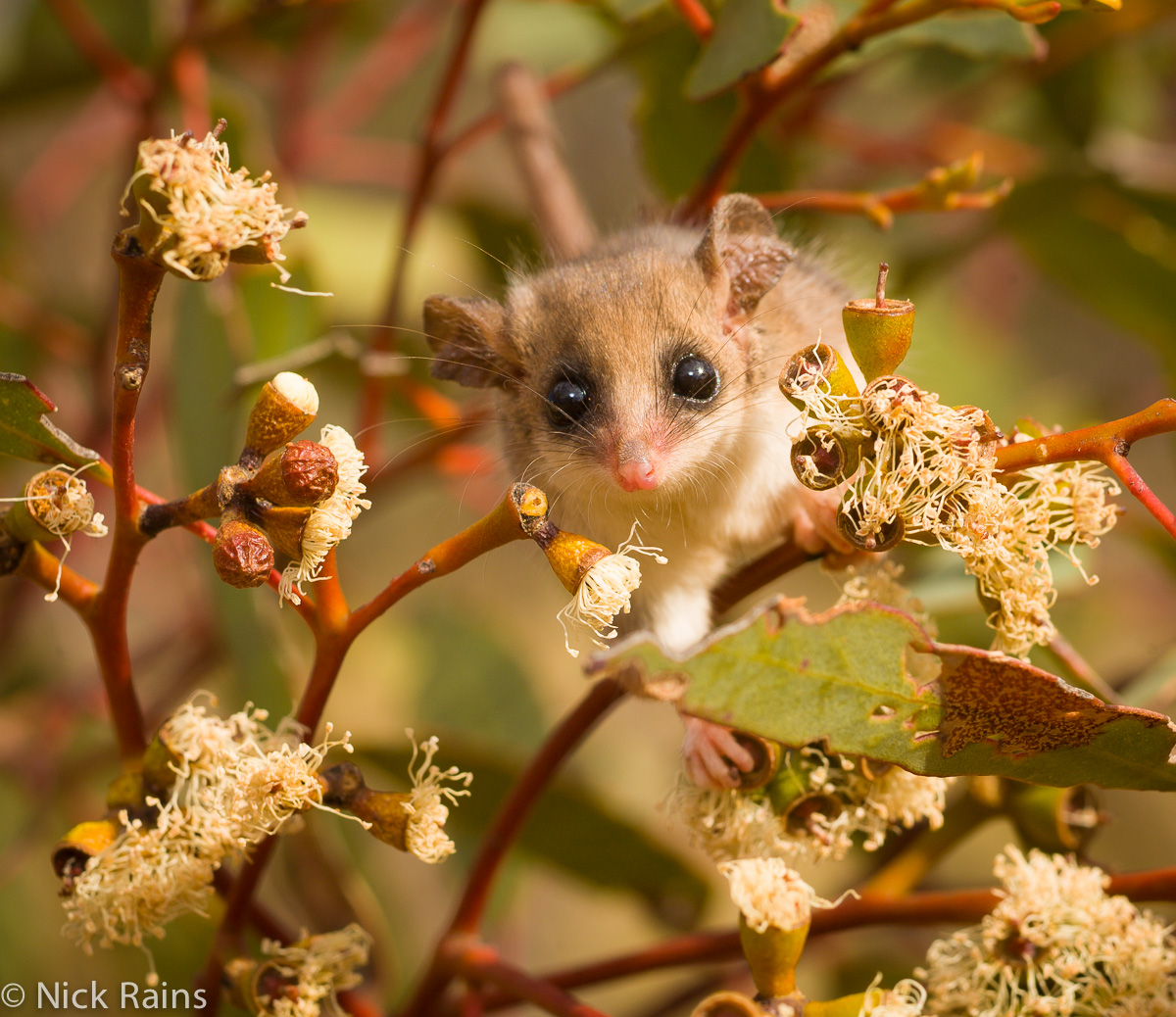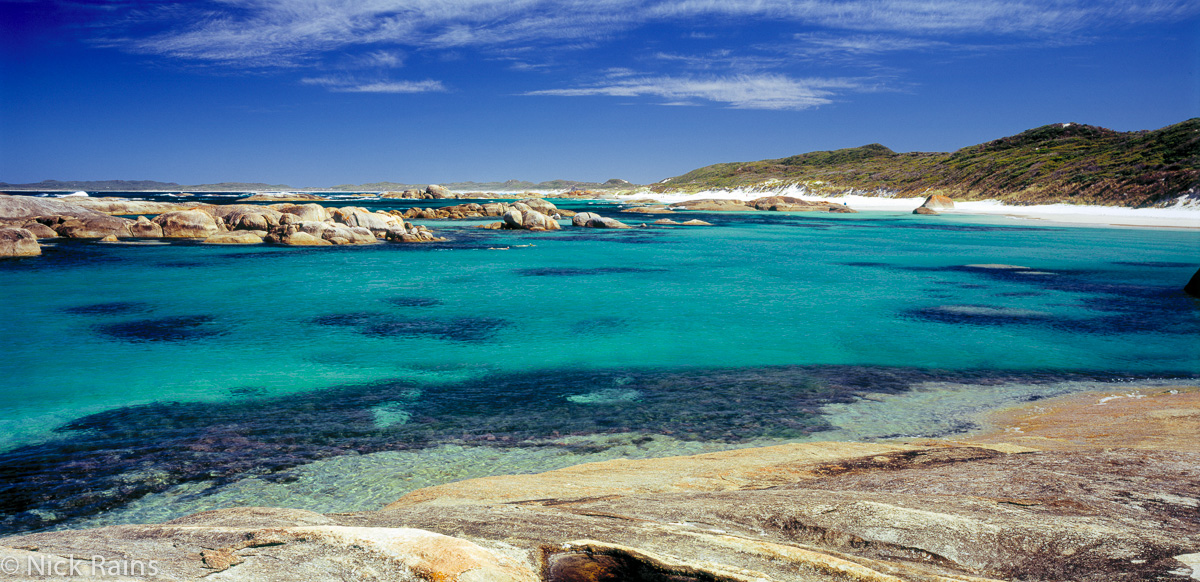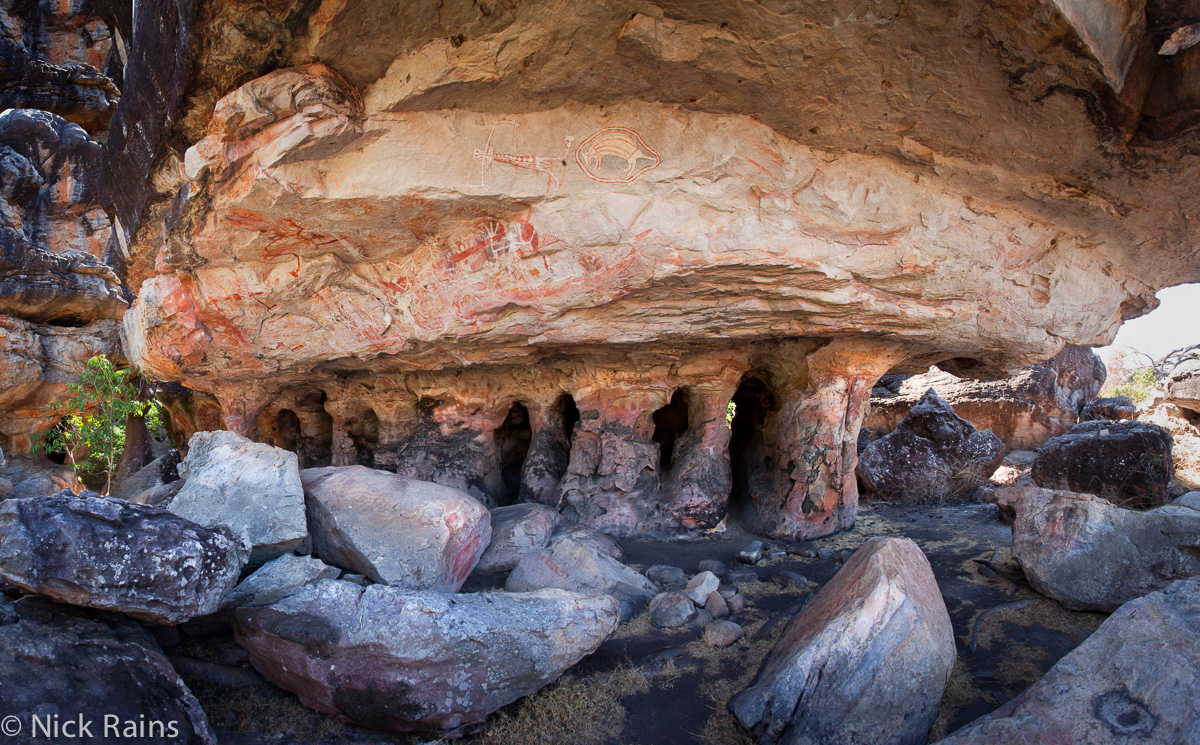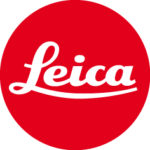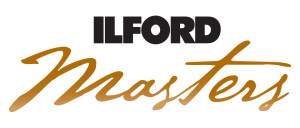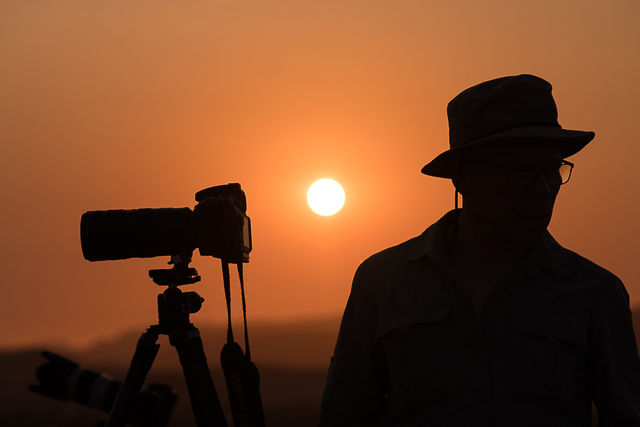The Trinity of Exposure
When we talk about ‘setting the exposure’ what do we mean? Quite simply it’s choosing a combination of shutter speed, aperture and ISO – the Trinity of Exposure that results in an image which is neither too dark nor too light, but just right.
Apertures, Shutter Speeds and ISO.
These three parameters – Shutter Speed, Aperture and ISO – are all linked in the sense that they each affect the exposure. You could brighten the image by choosing a slower (longer) shutter speed and then darken it again using a small (high f-number) aperture; the two settings could cancel each other out. Why bother, you ask? The critical thing to remember is that whilst many different combinations of these three settings can give the same exposure, the consequences of altering each of the three settings are very different. Let’s look at each setting and then how changing them affects your image.
Shutter Speed
This is a measure of how long the sensor is being exposed to light; in other words, how long the shutter is open for. The longer this is, the more time the sensor has to collect light and the lighter the exposure will be. If light levels are very low it will take longer to collect enough light for a decent exposure at any given aperture and ISO settings and conversely, if the light levels are high, a fast shutter speed will be appropriate.
To use a water pipe analogy; the shutter speed is the time for which the tap is turned on. The longer you run the tap the more water comes out. The time it takes to fill a bucket is the ‘shutter speed’. In this analogy the water is the equivalent of the amount (volume) of light and the more light, the brighter the image. ‘Filling the bucket’ is the equivalent of filling the sensor to a correct or ‘optimum’ exposure.
Shutterspeeds are expressed in fractions of a second, a 1/1000 second shutter speed is a lot shorter than 1/60 second and thus lets in less light. The shutter speed sequence is mostly standard from one camera to another – some use intermediate settings – but the main sequence is ½, ¼, 1/8, 1/15, 1/30 and so on. It’s open ended too, you can have a very long shutter speed of 30 seconds (or longer) or a very short one 1/8000 second (or even shorter).
ISO
The sensitivity of a camera’s sensor is expressed in terms of its ISO, which is a term dating back to the days of film when the International Standards Organisation (hence ISO) set standards for the sensitivity of film. The same term is used now because of its familiarity, but really it’s just an measure of the amplification of whatever signal the sensor picks up, much like the volume control on a stereo amplifier.
The higher the sensitivity, the less light is needed at a given shutter speed and aperture to give a correct exposure.
ISO is expressed in terms of a number such as ISO100 which doubles for each step (or ‘stop’, a term used for a single step of any of the three settings). ISO400 is thus two ‘stops’ higher than ISO100. The minimum is usually 100 but depends on the camera; the maximum also depends on the camera, usually about 3200 but as high as 104000 on some high-end models.
Aperture
The size of the aperture in the lens determines how much light falls on the sensor in a given time – a small aperture like f22 lets through less light in a given time than a wide one like f2.0 – so, to go back to the water pipe analogy, water flows at a higher rate through a wider pipe and thus more water will come out in a given time than from a narrower pipe.
One confusing aspect of apertures is that smaller numbers actually mean wider apertures. Apertures are expressed as ‘f-stops’ – an aperture of f8 is a smaller (narrower) aperture than f4.0 and deduces the light by 2 stops or 75%. All lenses use the same sequence of f-stops starting at somewhere between f1.0 and f4.0, and then progressing through f5.6, 8, 11, 16, 22 to a max of about f32. The beginning and end points depend on the lens design but the numbers used are the same. F8 on one lens is essentially the same as on another lens.
Exposure Trinity
I use this term ‘trinity’ because the three settings above are all inextricably linked so that if you change one you need to change another to maintain the same exposure. The hose analogy works well here too: a fatter pipe (aperture) fills a bucket (correct exposure) in a certain amount of time (shutter speed). A narrower pipe will obviously take longer to fill the same bucket. The water pressure is the ISO, so at a higher pressure the water will come out faster and fill the bucket faster too.
So, if you change the shutter speed from ¼ second to 1/8 second you will end up with an image that is one ‘stop’ darker because you are opening the shutter for less time. If you also change the aperture from, say, f8 to f5.6 (one aperture stop wider) then that will make the image lighter by the same amount and the two will cancel out exactly.
Each of the three settings works in ‘stops’ which are equivalent from one setting to another – doubling the ISO and halving the shutter speed will give you the same exposure.
Consequences
Each setting has its own consequences – and this is the crux of the matter. Whilst different combinations of settings can give you the same overall exposure, they will alter other things depending on which setting you are changing and it’s this aspect that allows great control over the image’s ‘look’.
Shutter Speed – controls blur, or lack of blur. Slow shutter speeds mean the subject (or camera) might have moved during the exposure and the image will record as a blur not a sharp image. Slow shutter speeds often require a tripod whilst fast shutter speeds are good at freezing motion. A good example is sports photography – a fast shutter speed will freeze movement.
Aperture – controls how much of the image in in focus. Small or narrow apertures (high numbers) means more of the scene is in focus, wide apertures(small numbers) mean less of the scene is in focus. A good example is portraiture where you might want the back ground out of focus and the eyes sharp – use a wide aperture.
ISO – using a high ISO will add noise to the image so it needs to be used with care. ISO100 will usually be noiseless, but ISO3200, depending on the camera, might show quite a bit of speckly grain.
Exposure
Setting a correct exposure is easy because the cameras meter is pretty good, but choosing the appropriate combination of shutter speed, aperture and ISO is what gives an image it’s distinctive characteristics and so knowing which one has which consequences is an important skill to master.
Fast action and quick moving subjects – prioritise shutter speeds to get a sharp image, use wide apertures and/or high ISO to keep the shutter speeds high.
Landscape or static subjects – use low ISO for maximum quality and mid range apertures like f11 for good depth of field. If the shutter speed drops too low for hand-holding use a tripod.
Low light – high ISO might be necessary depending on the subject. If it’s moving you’ll still need a fast shutter speed and thus a high ISO, but if it’s static, a long (slow) shutter speed using a solid tripod might be fine.

